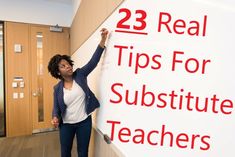SATPIN is an acronym that represents six letters: S, A, T, P, I, and N. In educational terms, SATPIN is a popular method used by teachers to introduce young learners to phonics and literacy. This approach prioritizes these letters because they are some of the most common and can be combined to form a variety of simple words that are perfect for beginning readers.
As a teacher, here are some hints and tips to effectively use the SATPIN method:
1.Start Simple: Begin teaching one letter sound at a time before combining them. Create a strong foundation by ensuring students can recognize both the letter and the sound it makes.
2.Visual Aids: Use flashcards or images that match each letter to its sound. Visual aids help students make connections between the letters and their uses.
3.Practical Application: Early on, introduce words that can be formed using the SATPIN letters, such as “at,” “sit,” “pan,” “pin,” “tip,” “nap,” etc. This demonstrates how letters are used to create words and reinforces learning.
4.Interactive Activities: Engage children with activities like letter sound bingo, matching games, or even having them find objects around the room that start with a SATPIN sound.
5.Repetition is Key: Consistently review these letter sounds to ensure retention. Daily practice through songs or chants can be highly effective.
6.Assessment Through Phonics Books: Use simple phonics books that feature SATPIN words. As students read, they apply what they’ve learned by decoding these simple words.
7.Praise Efforts: Positive reinforcement goes a long way in encouraging learners to engage with phonics practice regularly.
8.Progression With Patience: Move at a pace suitable for your class’s understanding level, introducing new letters only when they’re ready.
Implementing the SATPIN method paves the way for children’s reading success by giving them the tools to decode a significant portion of English language phonetics from an early stage. As they become comfortable with these foundational sounds, expanding their vocabulary and reading capabilities becomes much more manageable and enjoyable for both students and teachers alike.





